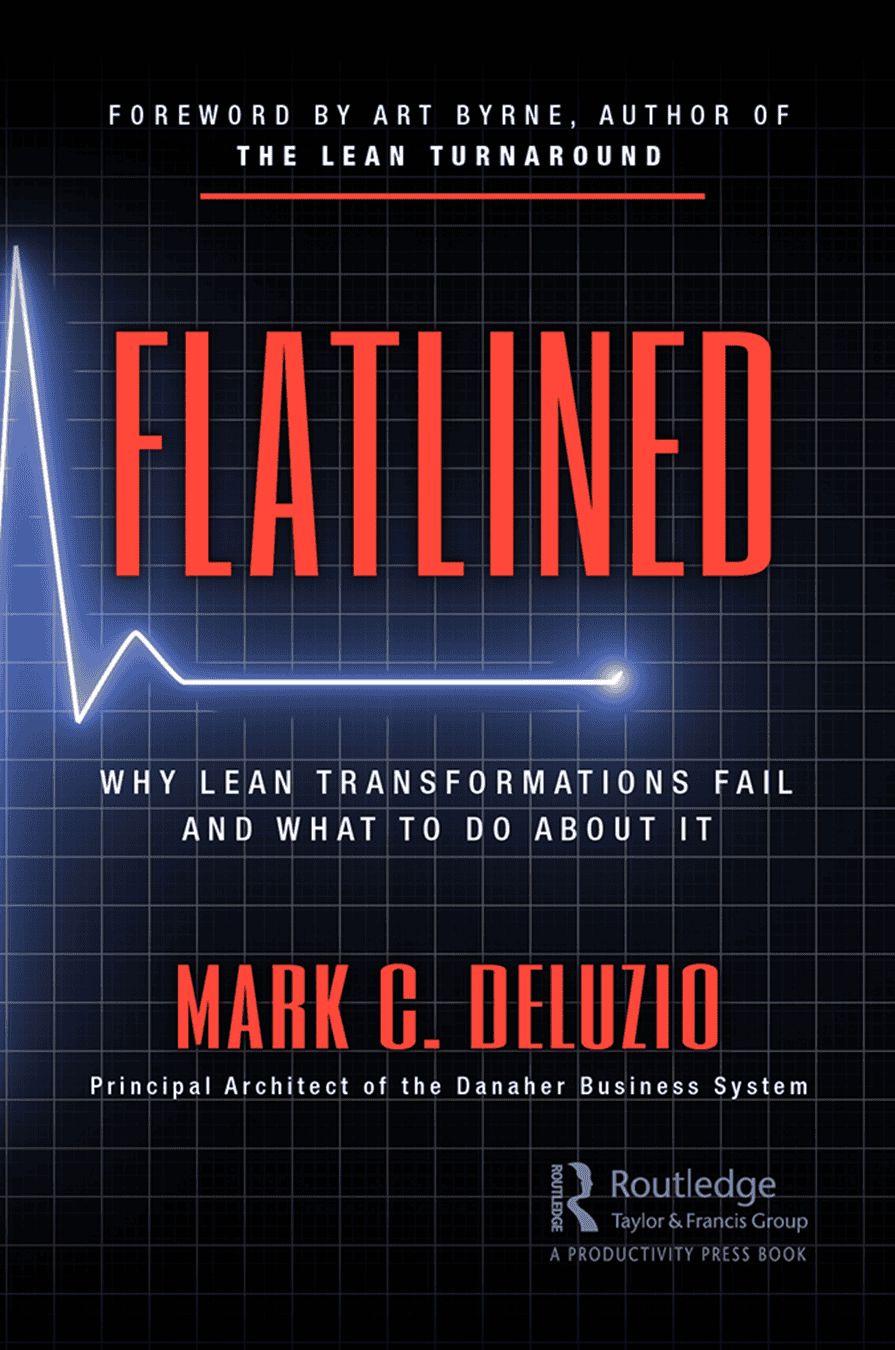Introduction
It seems as if every organization today is doing some form of Continuous Improvement. I have visited hundreds of companies who claim they are transforming their business with Lean methodologies. On the surface, these companies have put in place all of the fanfare that would give the uneducated eye the impression that the transformation is robust, with a lot of rigor and discipline. Signboards, banners, Gemba boards, tape on the floor, etc. However, the more you become experienced with Lean, you realize it is what you cannot see that really makes the difference between a world-class operation and a mediocre one.
What they need to know, they cannot see.
Toyota Executive when questioned why Toyota lets competitors tour their factories.
“We had a Good Day”
The company had been “doing” Lean for close to a decade and this particular plant was considered one of the best within the $13 billion global organization. I was asked to do a review of their Lean progress, so I spent a day with them listening to the story of their journey and touring their facility.
The Metrics
The review started with a presentation by management as to their Lean journey and progress to date. They presented a myriad of metrics that convinced themselves that they had made real progress as compared to the prior year. In reality, their progress was masked by many dysfunctional Lean behaviors:
- They touted that their inventory turns increased from 6.5x to 18x. Upon further review, this increase in inventory “performance” was due to the fact that they placed 70% of their raw material inventory on consignment and did not count this inventory in their calculation. Regardless of whose books the inventory is valued on, the same ills of excess inventory exists. The fact that this inventory was consigned encouraged the company to hold more inventory than they otherwise would have had the inventory been purchased and valued on their own balance sheet. To make matters worse, the company extended their raw materials warehouse in order to accommodate the increase in raw material inventory.
- Management then explained that their Sales per Employee productivity metric increased from $280,000 to $360,000. They explained that there was a renewed focus on Standardized Work, which accounted for most of this improvement. As I probed further, I learned that the company laid off 30% of its workforce the prior year and that overtime hours in the plant increased from 5% to 35% during this time period. Had they calculated their productivity based on hours worked, their improvement would have been negligible.
- Management revealed that their On-Time Delivery Performance was 98%. Upon further investigation, this delivery performance was calculated based on their promise date to the customer within the company’s stated six-week lead-time. I counseled them on the fact that their promise date is meaningless to the customer and that they should switch their calculation to customer request date. They indicated that they have attempted to calculate it this way, and that the actual on-time delivery performance using this method was only 35% to request date. (They did not want to present this figure to their senior management, so the promise date figure was used.)
The Plant Tour
The first thing I noticed was that the facility was spotless. It was well lit and you could have eaten off of the painted floors. Many assembly cells were in place, which seemed orderly and organized. I participated on their morning Gemba Walk to review the facility and previous day’s performance. I noticed the following:
- We first stopped at their Gemba Board, which contained all of their operating metrics and Value Stream information. Many of the metrics were posted without goals or targets, so it was difficult to gauge their performance. The Value Stream Map information consisted of only the Current State map, with no lead-time ladder or Future State map. There was no Value Stream plan, so kaizen events were not tied into achieving the Future State condition.
- Although they constructed reasonably good manufacturing cells, the operators batched production and did not produce in a one-piece flow fashion. Operators were seated which did not allow them to perform the required number of operations to consume their TAKT time.
- Standard Work Combination Sheets were posted in each cell. The Standard Work was outdated, dated approximately one year prior, and the original date was crossed out and replaced with the current date. It is clear that they have not updated their Standard Work to reflect changes in TAKT time or kaizen improvements.
- Each cell tracked their production using Day-By-The-Hour boards. Their previous day’s planned production units were 100, however they recorded an actual production quantity of 145 units. They marked this figure in green to reflect a favorable condition. When I asked why this figure was marked in green, they indicated that they exceeded their production plan and stated, “we had a good day.” Now, every Lean practitioner is familiar with the 7 Wastes, one of which is Waste from Overproduction. I counseled them that this excess production should have been marked in red, as an abnormal condition. I further explained that if they were in fact properly using Standard Work, excess production would be virtually impossible (if operators are working to a properly calculated TAKT Time.)
Summary
This plant had been “doing” Lean for over a decade, but it is clear to see that they were not “being” Lean. They had all of the markings of a truly Lean organization and senior management at the corporate office were convinced that they had done an outstanding job transforming their plant with Lean.
This calls for the fact that senior leaders need to become educated in Lean methodologies and learn how to ask the right questions. I believe that the plant management had the best intentions but they too were poorly educated in the principles and truly believed that they were doing a stellar job.
Another lesson learned here is that this plant only benchmarked themselves within their own global organization. Quite frankly, they did not have an understanding of “what good looks like.” It is important to benchmark outside your organization, outside your industry to truly understand world-class benchmarks.
Education and hands-on experience is key. So, is your organization “doing” Lean or are you “being” Lean?

